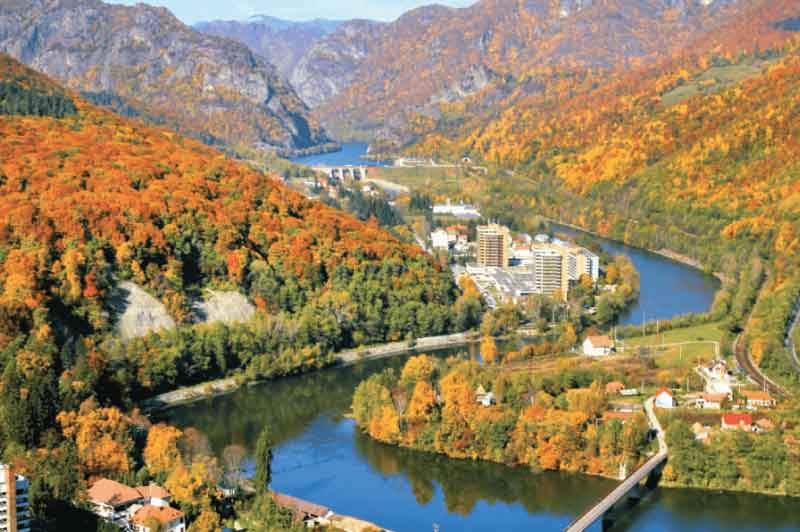
Romania, a country known for its rich history, breathtaking landscapes, and cultural diversity, is also home to some of the most remarkable thermal and geothermal sources in Europe. These natural hot springs have been cherished for centuries for their therapeutic and relaxation benefits. Whether you are seeking a wellness retreat, a historical spa experience, or a modern geothermal resort, Romania offers a wide range of destinations to explore. In this guide, we will take you through the best thermal and geothermal sources in Romania, their historical significance, and how you can access them during your trip.
Romania’s geothermal bath
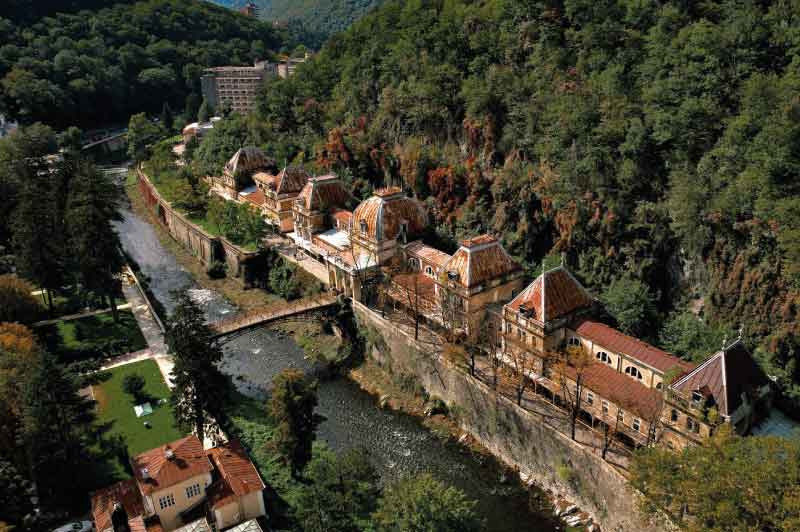
1. Băile Herculane – A Legendary Thermal Destination
History
Băile Herculane is one of the oldest spa towns in Europe, dating back to 153 AD when it was established by the Romans. Named after the mythical hero Hercules, the town flourished during the Roman and later Austrian periods, becoming a favored retreat for European aristocracy. The healing properties of the thermal waters, rich in sulfur and minerals, have been used for centuries to treat rheumatic, neurological, and dermatological conditions.
Legends around the baths
In this amazing area, legends circulate according to which the legendary half god Hercules or Heracles walked here in search of the golden fleece or the Carpathian hero Iovan Iorgovan
The Legend of Iovan Iorgovan
The legend is present in the Cerna Valley. In the legend, Iovan is called “son of a Roman”. In the Romanian version, the hydra flees from Iovan Iorgovan and takes refuge in the mountains in the Closanilor area. There, up on Mount Oslea, Iovan Iorgovan tries his sword on a huge rock that collapses and forms the Ponoare bridge.
In the area of the Corcoaiei Gorges (Hercules Gorges), the first battle takes place where the hero cuts off one of its five heads. The hydra breaks through the mountain and flees, leaving behind a winding path, the strange gorges carved into the limestone of the Cerna valley, with the hope that it will be the first to bathe again in the thermal springs to regain its strength. But Iovan arrives first, bathes, gains strength and each time cuts off another head of the hydra.
The action is repeated until the hydra, left with only two heads, flees the Cerna valley towards the Danube. The people, to thank him, carved a huge statue here in the mountain that today bears the name of the “bust of Hercules”.
In folklore, Iovan Iorgovan was also a famous outlaw and a skilled hunter who probably lived before the 18th century, most likely in the second half of the 17th century. Almost all the important caves in the Mehedinți Mountains area and the Cerna mountain corridor, especially around the localities of Orșova, Baia de Aramă, Băile Herculane and Tismana, appear in local folklore as places of refuge for him.[3].
The volume “Iorgovan – myth, legend, ballad” (Cuget Editorial House, Feeling and Faith, Bucharest, 1995), written by Enache Nedela and Mihai Floarea, collects 43 variants of the folk ballad dedicated to this mythical hero named after a spring flower (“Iorgovan” is related to the Persian “erguan” – lilac, which in turn had as its Nostratic etymon *orgo-, *ergo-). The authors also comment on the symbols of this unique folkloric creation: the forest – symbol of the imaginary world, the girls – symbol of the Latin gens, sleep – symbol of oblivion, of loss of identity, the cuckoo – symbol of indifference, the snake – symbol of oppression, the dove fly – symbol of the perpetuation and multiplication of evil, the gifts – the barbel and the golden ribbon, etc.
Accessibility
Băile Herculane is located in southwestern Romania, approximately 40 km from Drobeta Turnu Severin. Visitors can reach it by train, bus, or car. The nearest airports are in Craiova (160 km) and Timișoara (170 km). Accommodation options range from historic hotels to modern spa resorts.
2. Băile Felix – A Modern Geothermal Retreat
History
Located near Oradea, Băile Felix is one of Romania’s most famous thermal resorts. The healing properties of its thermal springs have been documented since the 18th century. Today, it features modern wellness centers, water parks, and traditional spa treatments, making it a perfect destination for both relaxation and medical therapies.
Accessibility
Băile Felix is just 8 km from Oradea, making it easily accessible from the city’s international airport. Regular train and bus services connect Oradea to other major Romanian cities. The resort offers a wide range of accommodation options, from budget guesthouses to luxurious spa hotels.
3. Sovata – The Unique Saltwater Spa
History
Located in Mureș County, Sovata is famed for its unique heliothermic salt lakes, particularly Lake Ursu. Discovered in 1875, Lake Ursu’s warm, mineral-rich waters have made Sovata a sought-after destination for those seeking natural therapies. The therapeutic properties of the lake are especially beneficial for dermatological and gynecological ailments. The town itself offers a serene environment, with lush forests and a mild climate enhancing the restorative experience.
Accessibility
Sovata is accessible by road and rail, situated approximately 60 kilometers from Târgu Mureș. Regular bus and train services connect Sovata to major cities, and the area offers a variety of accommodations, including spa hotels and guesthouses.

4. Călimănești-Căciulata – A Riverside Spa Town
History
This picturesque spa resort along the Olt River has been known for its healing thermal waters since Roman times. The area gained popularity in the 19th century and continues to attract visitors looking for treatments for digestive, metabolic, and renal conditions.
Accessibility
Călimănești-Căciulata is easily accessible via train or car from Râmnicu Vâlcea, which is 18 km away. The nearest international airport is in Sibiu (85 km). The area features a variety of accommodations, including hotels with spa facilities.
Buziaș: The Sparkling Spa
In Timiș County lies Buziaș, a town renowned for its carbonated mineral waters. First analyzed in 1811, these waters have been utilized for their therapeutic effects, particularly in treating cardiovascular and respiratory conditions. The town’s development as a spa destination accelerated in the 19th century, with the construction of treatment facilities and the establishment of a vibrant cultural scene.
Accessibility: Buziaș is situated approximately 25 kilometers from Timișoara, making it easily reachable by road and rail. Visitors can choose from various accommodations, including hotels and guesthouses, ensuring a pleasant stay.
5. Buziaș – The Carbonated Mineral Water Spa
History
Buziaș, located in Timiș County, has been a recognized spa destination since the early 19th century. The carbonated mineral waters here are particularly beneficial for cardiovascular and respiratory ailments. The town also features charming historical architecture reminiscent of its Austro-Hungarian past.
Accessibility
Buziaș is approximately 25 km from Timișoara, one of Romania’s major cities. It is easily reachable by car or train, and Timișoara International Airport serves as the closest air travel hub. Various hotels and wellness centers cater to visitors.
6. Geoagiu-Băi – An Ancient Roman Spa
History
Situated in Hunedoara County, Geoagiu-Băi has been a thermal destination since Roman times, known then as Germisara. The mineral waters are rich in bicarbonate and are used for treating rheumatic and dermatological conditions.
Accessibility
Geoagiu-Băi is about 40 km from Deva and can be accessed by road. The closest major airport is in Sibiu (100 km). A range of accommodation options is available, from small guesthouses to larger spa resorts.
7. Therme București – A Luxurious Wellness Retreat
History
Opened in 2016, Therme București is one of Europe’s largest thermal wellness centers. Unlike traditional spa resorts, it offers a modern, tropical-themed experience with pools, saunas, and relaxation areas powered by deep underground thermal waters.
Accessibility
Therme București is conveniently located just 10 km north of Bucharest, making it easily accessible from the capital’s Henri Coandă International Airport. It is reachable by car, taxi, or shuttle services. The facility provides various packages catering to day visitors and wellness enthusiasts.
Conclusion
Romania’s thermal and geothermal sources offer a perfect mix of history, wellness, and natural beauty. Whether you prefer the historical charm of Băile Herculane, the modern facilities of Therme București, or the unique salt lakes of Sovata, there is a perfect thermal destination for every traveler. With easy accessibility from major cities and airports, these resorts provide excellent opportunities for relaxation and rejuvenation. As you plan your trip, consider exploring multiple locations to experience the full range of Romania’s geothermal wonders.


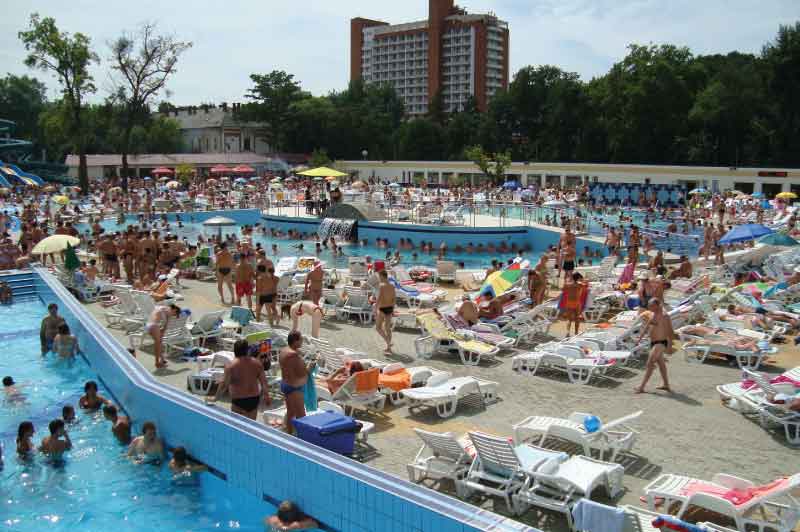
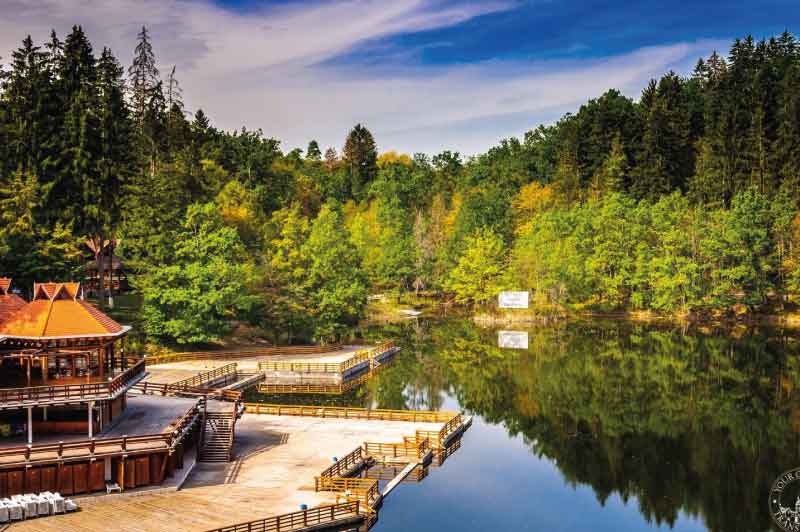
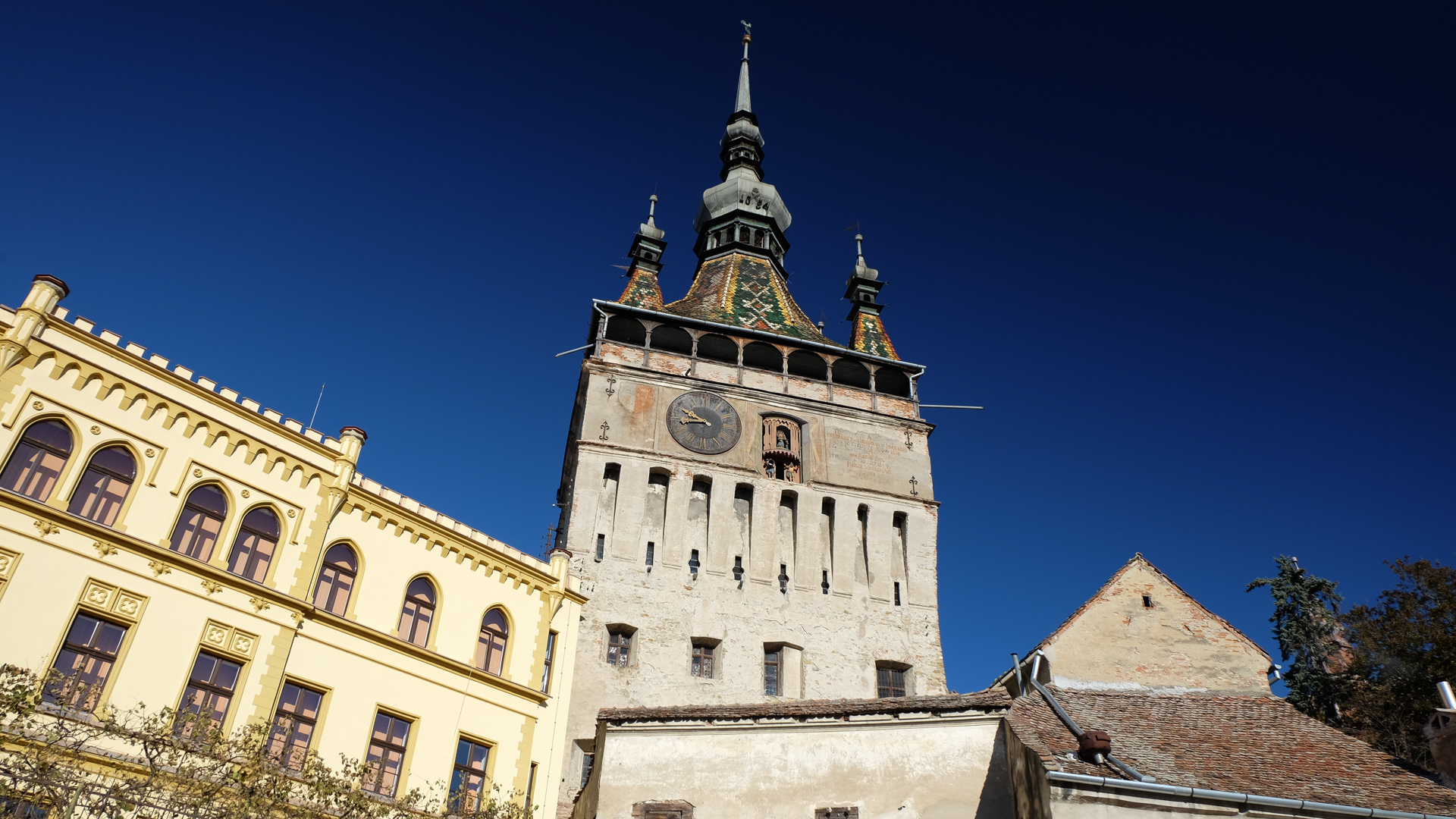
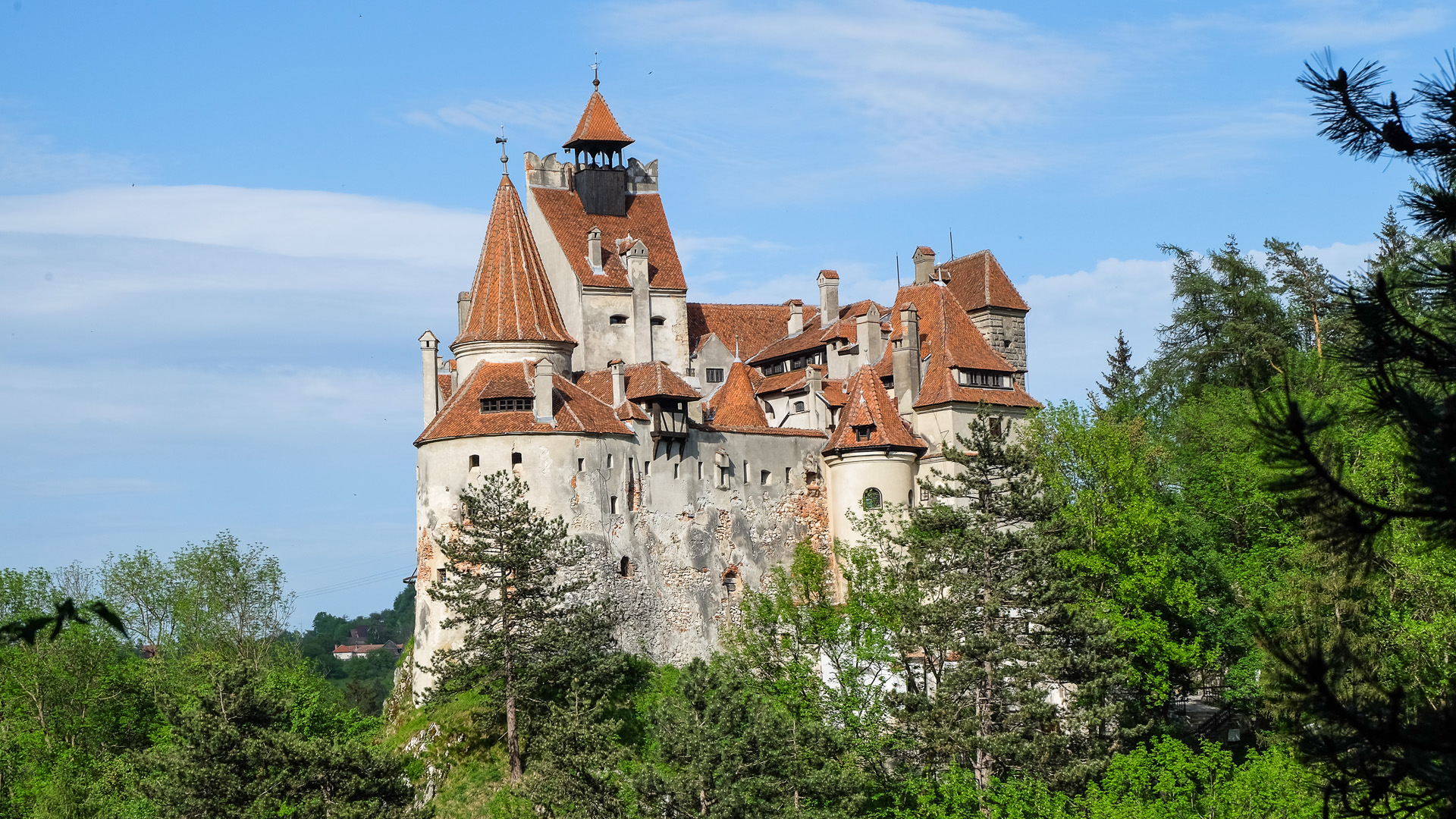
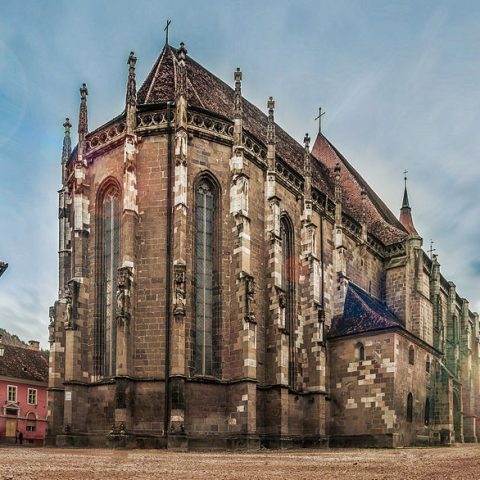
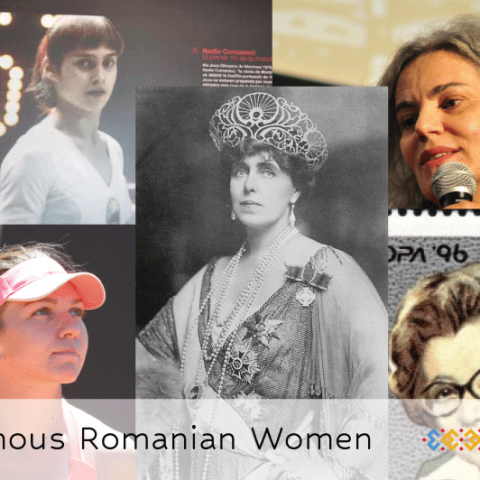






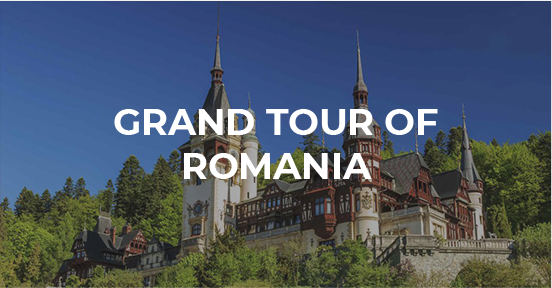
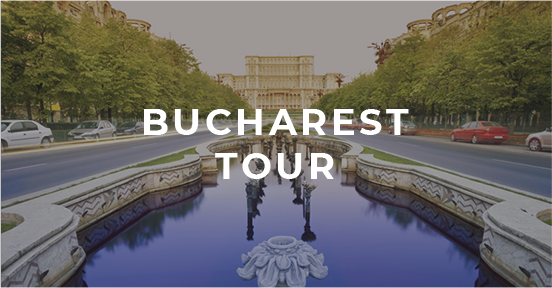




Leave a Reply